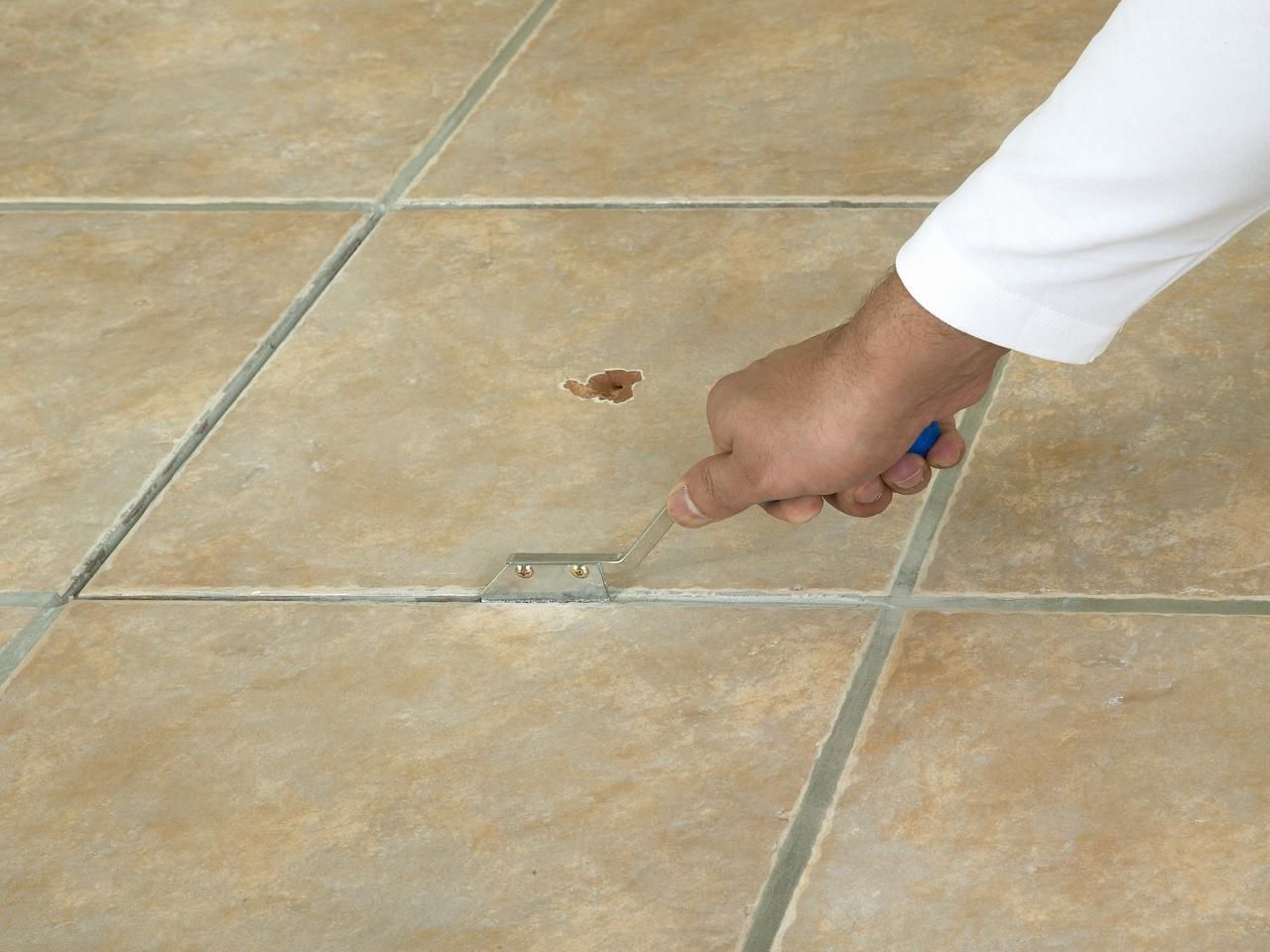
Maintaining a healthy plumbing system is essential for the functionality and safety of any property. One of the most effective ways to diagnose and monitor drainage issues is through the use of drain camera inspection technology. This non-invasive, highly efficient method has revolutionized how homeowners, commercial property managers, and municipal services detect and address plumbing problems. In this blog, we’ll delve into how drain cameras work, their practical benefits, and why routine inspections can save time, money, and environmental resources.
The Hidden Powers of Drain Cameras: How They Function and Their Importance
Lifting the Curtain on the Technology: What Lies Inside a Drain Camera?
Drain camera inspection technology sits at the forefront of modern plumbing techniques. These systems utilize advanced video technology to explore and assess the health of drainage pipelines from the inside. At the heart of the device is a high-resolution camera mounted on a flexible, durable cable. This allows it to navigate bends, angles, and hard-to-reach areas within the pipes.
Integrated LED lights provide necessary illumination, delivering clear real-time footage even in the darkest corners. The video feed is transmitted back to a monitor, enabling the operator to analyze the pipe’s interior conditions on the spot or record it for future evaluation. Some models even incorporate sonar technology to create 3D renderings, further enhancing diagnostic accuracy.
These rugged tools are built to endure hostile conditions such as corrosion, moisture, and extreme temperatures. Thanks to superior lens quality, even minute issues like fine cracks or debris build-ups become visible. This technological evolution has enabled a more precise and less intrusive method of pipe assessment.
The Process Explained: From Inspections to Insights
Step-by-Step Breakdown
A drain camera inspection follows a structured and efficient workflow. First, the operator identifies entry points like clean-outs or designated access areas. Once the site is prepped, the camera is inserted into the drainage system.
As it travels through the piping, the camera sends real-time footage to a connected display. The operator watches for abnormalities like blockages, leaks, or material build-up. This immediate feedback replaces the need for time-consuming excavation or guesswork, shrinking the diagnostic process from hours to minutes.
The captured footage can be stored for reference, facilitating long-term tracking of issues and the effectiveness of previous repairs. This archive can also be shared with property owners or insurance companies as verifiable evidence of pipe conditions.
Real-time Monitoring: Seeing What Lies Beneath
One of the greatest advantages of drain camera inspection is the capacity for real-time monitoring. Professionals can respond immediately to detected issues—like obstructions or leaks—before they escalate into severe problems.
In critical environments such as hospitals, food production facilities, or municipal water systems, immediate identification and response are vital. Live footage allows for swift decision-making and fosters transparency, as stakeholders can view and verify the findings alongside the inspector.
Enhanced Maintenance Strategy
Live visuals also make it easier to customize maintenance schedules. Rather than relying on guesswork, repairs and cleanings are informed by direct observation. This proactive approach minimizes emergency interventions, saving both money and disruption in the long run.
Financial Advantages: Saving Money by Spending Smart
Initial costs for drain camera inspection may seem daunting, but they pale in comparison to the potential expenses of reactive repairs. Traditional methods often require significant digging and structural disruption, which drive up labor and restoration costs.
By identifying issues early, inspections prevent small problems from snowballing. A tiny leak caught in time can avert the need for major reconstruction due to mold, rot, or foundational damage. Additionally, inspections enable better budgeting and resource allocation, ensuring that critical repairs receive timely attention without overspending.
Preventative Maintenance: Nipping Issues in the Bud
Preventative maintenance is a best practice across all systems—and plumbing is no exception. Scheduling regular drain camera inspections helps detect early signs of corrosion, clogs, or other issues that could develop into emergencies if left unaddressed.
Long-Term Benefits
Routine inspections not only reduce repair frequency but also extend the life of plumbing systems. Addressing minor buildup or structural weaknesses early ensures optimal system performance and reduces emergency repair costs. Facilities that prioritize preventative maintenance often report improved operational efficiency and increased service reliability.
Environmental Impact: Why Transitioning to Digital is Greener
Embracing technology like drain camera inspections aligns with broader sustainability goals. Traditional methods involve digging and excavation, which disrupt ecosystems, damage plant life, and increase carbon emissions from machinery.
Eco-Friendly Advantages
By minimizing excavation, drain camera inspection contributes to lower energy use and reduced waste. Early detection also prevents water leaks, conserving one of our most precious resources. Whether for a business focused on corporate responsibility or a homeowner aiming to go green, this technology supports environmentally conscious choices.
When to Utilize a Drain Camera: Timing is Critical
Signs Your Drains are in Distress
Recognizing the warning signs of drainage problems is key to knowing when an inspection is necessary.
Common indicators include:
- Frequent backups or slow drainage
- Foul odors near sinks or floor drains
- Unusual gurgling sounds from pipes
- Pooled water in yards or near foundations
These symptoms often signal underlying blockages, structural damage, or pipe misalignment, all of which can be quickly diagnosed using a drain camera.
Emergency vs. Routine Inspections
Routine inspections, typically performed once or twice annually, focus on overall system health and help prevent major failures. Emergency inspections, on the other hand, are initiated when problems surface unexpectedly and require immediate attention.
Understanding when to deploy each type of inspection allows property managers and homeowners to respond effectively, avoiding unnecessary delays or costly emergencies.
Commercial vs. Residential: Tailoring Drain Inspections for Your Needs
Residential Applications
Homeowners usually opt for inspections when issues arise, such as persistent clogs or slow drains. These inspections help pinpoint causes without unnecessary digging or disruption.
Commercial Applications
In commercial environments—like office buildings, factories, or retail spaces—the plumbing infrastructure is far more complex and under constant use. Regular inspections are a must to prevent business interruptions and maintain regulatory compliance. Ongoing monitoring ensures smooth operation and identifies issues before they affect operations.
Case Reports: Real-World Successes With Drain Camera Inspections
Overcoming Chronic Clogs: A Tale of Triumph
A national restaurant chain struggled with recurring kitchen drain clogs. Traditional methods provided only temporary relief. A drain camera inspection revealed significant grease and debris buildup, allowing for a targeted cleaning strategy. Following the inspection, the restaurant implemented a scheduled maintenance plan, dramatically reducing downtime and boosting staff morale.
Detecting Hidden Damages: An Unexpected Discovery
In a suburban area, a municipal department faced repeated sinkhole issues. Using a drain camera, they discovered that aging pipes had been compromised by tree roots. Early detection allowed for timely repairs, preventing more severe infrastructure damage and ensuring public safety.
Lessons from Industry Professionals
A plumbing firm that transitioned to camera-based inspections noted a sharp decline in customer complaints and a rise in positive reviews. The technology provided visual proof to customers, increasing trust and decreasing disputes. Their turnaround time improved, and they were able to handle more clients efficiently.
Conclusion: Embracing Innovation in Drainage Management
The evolution of plumbing diagnostics through drain camera inspection has set a new standard in both residential and commercial maintenance. From its real-time capabilities and environmental benefits to its cost-saving potential, this technology is reshaping how drainage systems are managed.
Routine inspections should be considered an essential component of any property maintenance plan. By detecting problems early and providing clear visual data, drain cameras empower property owners to make informed decisions, reduce costs, and contribute to a more sustainable future.
In short, drain camera inspection isn’t just a smart investment—it’s a necessary step toward proactive, efficient, and responsible property management.











